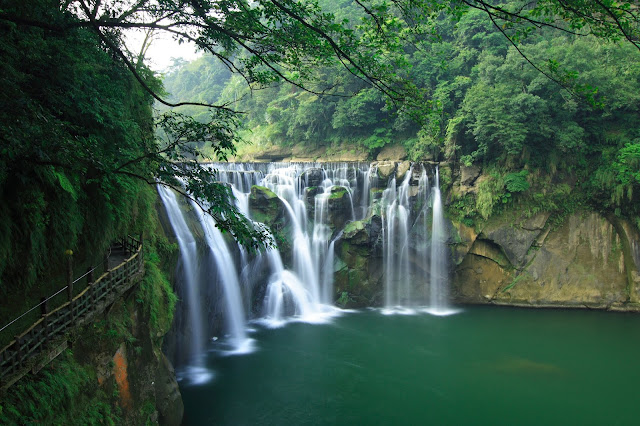Saifullah Lake is just behind famous Mahodand Lake is a mesmerizing lake located in the upper Usho Matiltan Valley about 41 km from Kalam, Swat District, KPK, Pakistan. Saifullah Jaheel is perched amidst the glacial alpine hills, emerald green water, attracts nature enthusiasts from across the country.
The lake is accessible by a four-wheel drive vehicle, and is often utilized for fishing and boating. During the winter season, Saifullah Lake freezes and covered with heavy snow. However, the best time to go there is in June and July, when alpine flowers like geum, blue poppy, potentilla, and gentian blooms all part of the wild area.
The Saifullah Lake lies at the foothills of Hindu Kush Mountains at an elevation 9,400 ft. The lake is fed by melting glaciers and springs of the Hindu Kush Mountain and gives rise to Ushu Khwar, the major left tributary of the Swat River. The lake is famous for its freeing water and trout fish. That is one of most expensive fish in that area, selling around Rs. 4000 kg in nearby restaurant. The visitors feast their eyes with lush green sceneries, meadows, clumps of alpine and cedar trees and snow capped mountains.
If you are nature lover, then this is the ideal place for camping for a night. The majestic water noise brooks gushing out of the small vale nearby Saifullah Lake. The area is more embellished by pink and yellow flowers. You would definitely enjoy the tranquility and wild beauty of the plants & birds sounds. It is one of most beautiful lake in the country.
Moreover, one can also enjoy boating and horse rides at the lake. The Lake water are divided into a series of small and large streams, which once swarmed with brown and rainbow trout introduced by the former ruler of Swat State. But the most difficult part is to reach there. Hence, at Kalam valley, you have to hire a jeep or fielder (Japanese Car) to find your way to the bumpy and rough road.
The drivers are normally extra charging for the full day tour with you. The tourism can boost by construction of proper road that suits to every car and vehicle. But so far, that area is neglected by government. Source: CP





















































